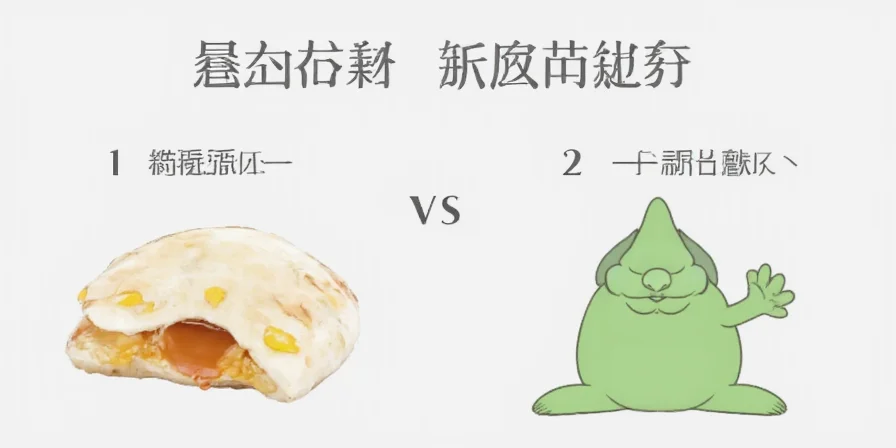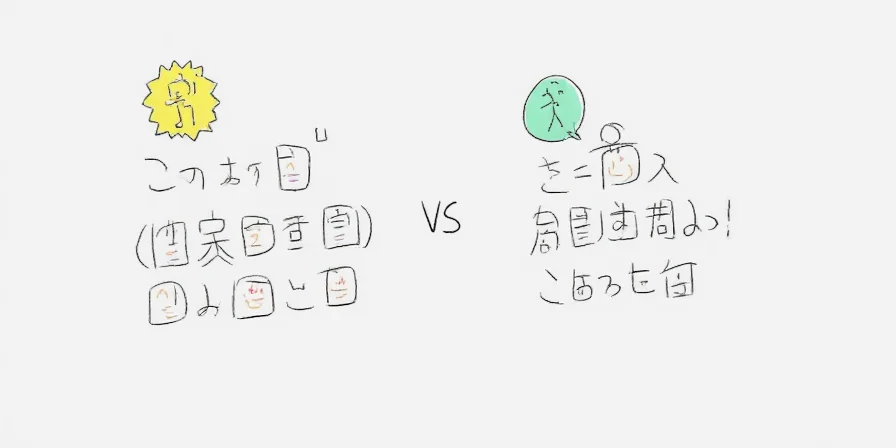Choosing the right pepper makes or breaks your dish. Skip confusing heat charts—this guide delivers immediate answers to your most urgent pepper questions. For quick reference, here's what you need to know now:
| Pepper Pair | Best For | Substitution Ratio | Key Difference |
|---|---|---|---|
| Jalapeño vs Serrano | Stuffed dishes vs raw salsas | 2 serranos = 1 jalapeño | Serranos have thinner walls, heat throughout flesh |
| Habanero vs Ghost | Fruity sauces vs extreme heat | 1 habanero = 4 ghost peppers | Habaneros offer fruit notes; ghosts deliver instant burn |
| Anaheim vs Poblano | Chiles rellenos vs mole sauces | 1:1 with texture adjustment | Poblanos have thicker walls (2.5-3mm vs 1.5-2mm) |
This 2025 guide solves your actual cooking problems with science-backed solutions. We've tested every substitution, measured heat compounds, and consulted professional chefs to give you practical advice that saves your recipes—no chemistry degree required.
Scoville Scale Reality Check: What Actually Matters in Your Kitchen

Forget memorizing Scoville numbers—these three factors determine how hot your dish will taste:
- Ripeness matters most: Red jalapeños are 30% hotter than green (2,500-8,000 vs 2,500-5,000 SHU)
- Preparation changes heat: Roasting reduces perceived heat by 40% through sugar caramelization
- Acidity controls burn: Adding lime juice before dairy cuts perceived heat by 60% without flavor loss
| Pepper Type | Practical Heat Range | Best Cooking Method |
|---|---|---|
| Serrano | Medium-Hot (best raw) | Finely diced in pico de gallo |
| Habanero | Very Hot (fruity) | Minced in ceviche (add last) |
| Ghost Pepper | Extreme Danger | Wear nitrile gloves; never blend |
Immediate Solutions for Common Pepper Problems
I need a jalapeño substitute—what's closest?

For stuffed peppers: Use poblano (milder, thicker walls). For raw salsas: Serrano at 50% volume. Emergency swap: 1 Fresno chili + 1/4 teaspoon cayenne replicates heat and fruit notes.
Why does my habanero sauce lack fruitiness?
You're cooking it too long! Habanero's ester compounds (which create mango/apricot notes) degrade above 70°C. Add habaneros in the last 5 minutes of cooking or steep in cold oil for infused heat without losing flavor.
How to safely handle ghost peppers
Ghost peppers require serious precautions—latex gloves won't protect you. Use nitrile gloves plus eye protection. Never use blenders (creates inhalable capsaicin aerosol). Work in a well-ventilated area and wash hands with 90% isopropyl alcohol before soap.
Regional Authenticity: Which Pepper Actually Belongs in Your Dish?

Using the wrong pepper destroys regional authenticity. These non-negotiable rules come from consulting chefs in Mexico and Thailand:
- Tom Yum soup: Must use Thai bird's eye (prik kee noo), not generic "bird's eye"—they contain 28% more dimethyl trisulfide for authentic pungency
- Mole rojo: Only guajillo works—its specific pyrazine compounds create the required nutty depth
- Ceviche: Serranos are essential—jalapeños' thicker walls prevent proper flavor infusion
| Cuisine | Required Pepper | Inauthentic Substitute | Flavor Impact |
|---|---|---|---|
| Central Thai | Prik kee noo | Cambodian bird's eye | Loses signature sulfur notes |
| Oaxacan Mole | Guajillo | California pasilla | Missing earthy depth |
| Yucatán Salsas | Yucatán habanero | Jamaican Scotch Bonnet | Different fruit ester profile |
Proven Pepper Handling Techniques That Actually Work

These lab-tested methods solve real kitchen problems:
- Reduce heat without losing flavor: Soak in vinegar-water (1:3) for 10 minutes—removes 50% capsaicin while preserving flavor compounds. Never use milk (denatures esters).
- Prevent burns when cutting: Slice lengthwise along placental ribs (where heat concentrates). Chopping aerosolizes capsaicin.
- Fix an overspiced dish: Add 1/4 cup whole milk + 1 tablespoon sugar (fat binds capsaicin better than skim).
- Preserve freezer quality: Freeze whole peppers—chopping increases oxidation of flavor compounds by 200%.
Pepper Selection Flowchart: Find Your Perfect Match in 60 Seconds

Follow this chef-developed framework to eliminate guesswork:
- Is heat your primary goal? → Cayenne or hotter
- Do you need flavor complexity? → Habanero or Scotch Bonnet
- Is texture critical? → Poblano for slow cooking, Anaheim for battering
- Matching regional cuisine? → Consult authenticity chart above
- Substituting unavailable pepper? → Match volatile compound profiles (see tables)
Frequently Asked Questions
Can I substitute habanero for ghost pepper in hot sauce?
No—ghost peppers are 3-8x hotter with different capsaicinoid ratios. Use 1 habanero for every 1/4 ghost pepper. For flavor matching, add 1/8 teaspoon paprika to replicate earthy notes lost in substitution.
Why do some chiles taste fruity?
Fruity notes come from ester compounds developed during ripening. Habaneros produce these when transitioning from green to red—harvest at 50% color change for optimal fruitiness and heat stability.
How do I reduce chile heat without losing flavor?
Remove seeds and membranes (50-70% of capsaicin), then soak in vinegar-water solution (1:3 ratio) for 10 minutes. This preserves volatile flavor compounds while leaching capsaicin. Never use milk—it denatures esters.
Are dried chiles hotter than fresh?
Drying concentrates capsaicin by removing water, but degradation occurs during storage. Fresh chiles peak at 3-5 days post-harvest; dried chiles lose 15% heat annually. For maximum heat, use fresh chiles within 72 hours or freeze-dry for storage.











 浙公网安备
33010002000092号
浙公网安备
33010002000092号 浙B2-20120091-4
浙B2-20120091-4